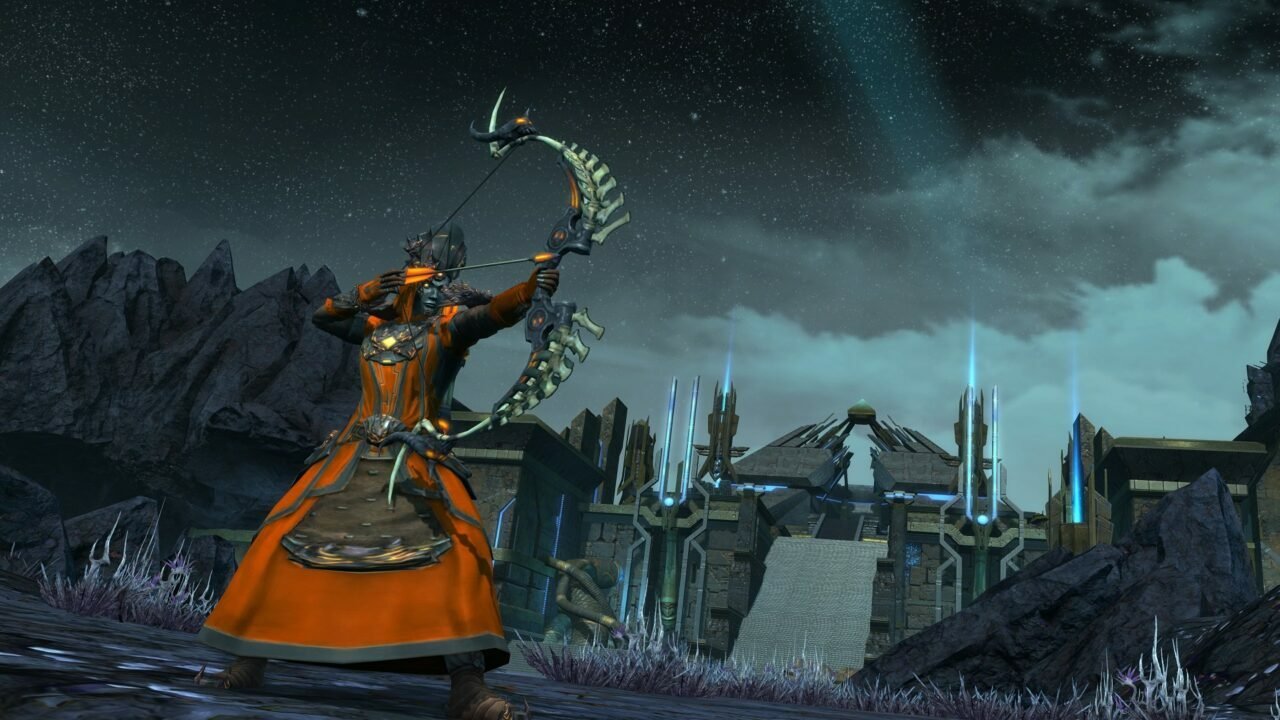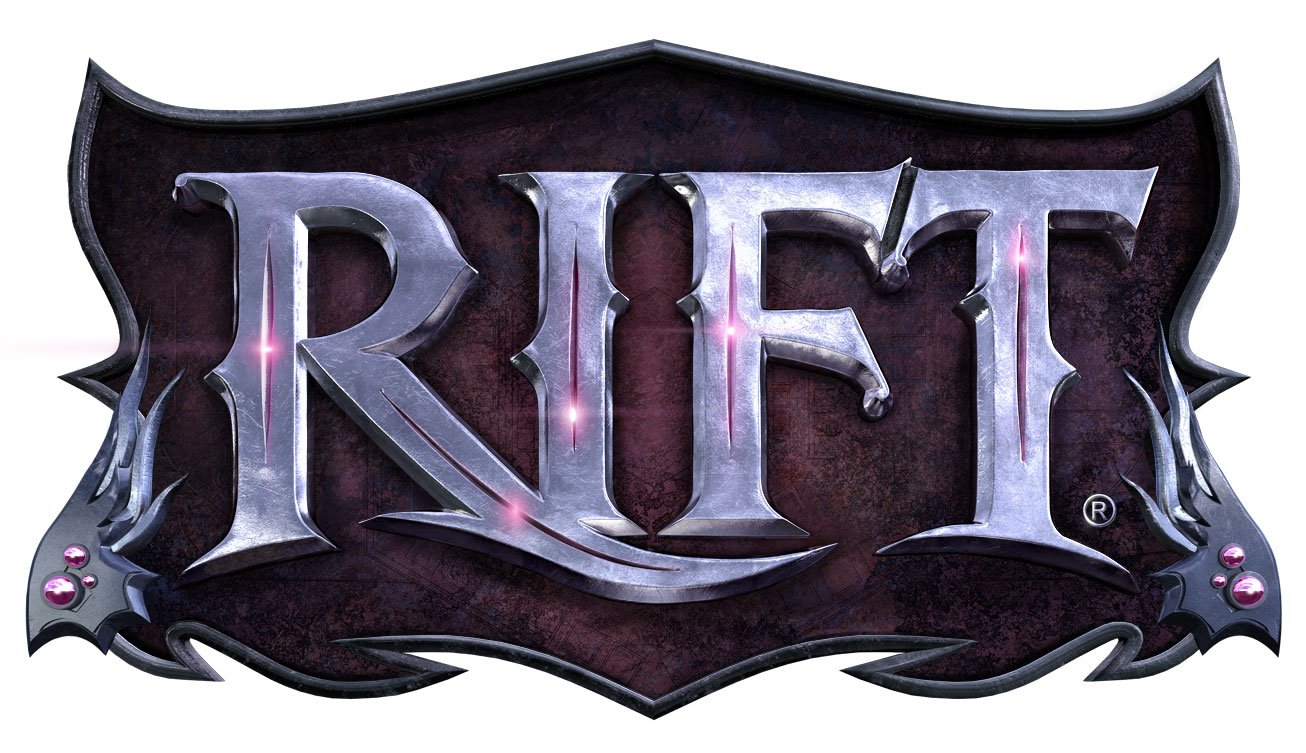Welcome to Telara, Please Enjoy Your Stay (For as Long as Possible) It takes a lot of chutzpah to make a fantasy MMORPG these days, what with Blizzard’s World of Warcraft pretty much owning the entire market and all. Just the same, relative newcomer Trion Worlds has set out to accomplish the impossible: developing and publishing a new game in the genre while vying for the attention (and pocketbooks) of the devoted WoW subscribers currently forking out monthly payments. Well, they’re doing something right.
Before Rift was even released it had garnered more than one million subscribers, an impressive number for a game that had hardly even started to prove itself through non-beta play. Sure, during the first hours of play I couldn’t begin to count the number of others in the starting area who were comparing what they were currently experiencing to WoW but, regardless of this, the game was showing that something different (but not too different) was taking place — and catching on. It could be that the market is ready for a new intellectual property. Or, it could be that the game’s rich visual design and advertising campaign is hitting the right spot for attracting genre virgins. Either way, for the time being, Rift looks like it’s eked out a place in the hearts of many gamers. So, now that the comparisons are (mostly) out of the way — what is it that makes Rift different? Well, for one thing, it has a story that, massively multiplayer or not, is actually fairly interesting.

That, and a thematic hook that helps to set it apart from the competition. Rift is set in the world of Telara — a place that, at first, appears to be a reiteration of other fantasy settings but quickly sets itself apart through an engaging narrative hook. See, Telara is something of a wasteland. It’s been devastated by a continuing war between the Guardians and the Defiants, two opposing forces who hate each other but both seek to destroy arch-badguy, Regulos, and seal up the pesky, demon-spewing rifts he’s opened. Either way, you play as an Ascended. For Defiants that means being reborn in a lab, for Guardians that means being resurrected by an angelic force; either way, you’re a glorified zombie who’s just trying to set things right in the world. Both storylines involve time-travel as the big draw, which makes for a fun twist on generic conventions. The Defiant side starts out in the future, then steps back in time to stop the horrible events you’ve just witnessed from occurring.
The Guardian forces start in the past when things are just starting to go sour, then time-travel forward so that main-game events for both sides take place at the same time. It’s all a bit head-achey and convoluted but, the bottom line is, it allows for a more interesting yarn — and an ambitious replacement of the order/chaos dichotomy with a more relevant science/religion theme — than a straightforward approach would have afforded. It’s a good-looking game too. The graphical fidelity itself, outside of bumping everything up to Ultra settings, isn’t exactly top-notch (because, after all, as many people as possible need to be able to run the thing in order for Trion to make money) but, despite this, it becomes obvious pretty quickly that Rift has been designed in order to make the best possible impression, flashy technology or not. Starting areas are all unique and feature a rather gloomy aesthetic that works well with the overall dystopian theme of the game. The Defiant side is full of steampunk design — billowing machines and be-goggled NPCs — and the Guardian half is straight out of Dante’s Purgatorio — feathery wings, golden armour — but also lots of corpse piles and ghosts. The design choices are beautiful and the world fully realized.

Telara is a place that seems worth getting lost in and, for Blizzard-weaned newbies, the more “mature” character design and often threatening setting is sure to act as a happy counter to WoW’s bright, cartoony style. Addiction to Drugs is so Passé But what does it play like? Well, pretty much exactly how you’d expect. After creating your character(s) and choosing your skill set (mine are a tall, blonde, no-eyebrowed Defiant warrior guy named “Swordface” and a foxy, elfish Guardian rogue gal dubbed, of course, “Babycakes”), you go out in the world and start right-clicking and punching hotkeys in order to routinely, resignedly take down low level enemies. After enough of this you gain some loot, equip it, level up, allocate some skill points and then continue onward. Hopefully, in the process, you make some buddies, become attached to them and then feel bad about the idea of cancelling your subscription (in effect, putting a stop to any new online friendships).
The MMO model is one of subtle seduction. That’s the point of it: get the game’s hooks into players without them really noticing the effects taking place. It’s a devious art that Rift seems to understand well. See those people riding around on two-head mutant turtles? Yeah, keeping playing, brother, and, one day, you can too. Rift, like all its brethren, gives you just enough incentive to keep going, always dangling that carrot just ahead of your nose. It starts off easy and somewhat monotonous but then, before you know it, you’ve started chatting to a few people, engendered a sense of obligation to your character and burgeoning relationships and fostered an actual desire to see what’s coming up next. Because of this, gameplay in Rift is mostly a tired repetition of the worst of the genre’s tropes. For the first few hours the player can expect to complete quests that focus on running from one location to another, killing enemies to grab a quota of the items they carry and on and on. Just when you’ve started to grow weary, there’s an event (or “instance” for all the MMO epistemologists out there) that pushes things forward, throwing social interaction, narrative development and ample experience/loot out there to keep you hanging on until they hit again.

And this is where Rift, with its above-average story, will no doubt hook many players. The game’s fun is fed in tiny intervals and, like all MMOs, it gives the distinct (and uncomfortable) feeling of being a hamster in a cage, nibbling just enough water out of the bottle to keep alive and healthy. Rift does a lot of good in starting out — it provides a novel narrative concept and an absorbing aesthetic — but , once the sheen of newness begins to fade away, the player can’t help but get the sense that everything is just a bit anaemic. The longer you stay out of contact with plot developments and grouped quests, the more you begin to realize that your number keys are wearing down from repeated, mindless mashing and that you’re essentially acting as an automaton in a cold, calculating money machine.
So how do you review a game like Rift? Well, it requires a few caveats. If you don’t like MMORPGs then, after a few hours of playing, this one isn’t going to change your mind. If you do, however, then Rift is likely to appeal to you — especially if you’ve become tired of what’s on offer in World of Warcraft. The bottom line is, the land of Telara — as enchanting yet rote as it is — will exist with or without you. Rift doesn’t care to reinvent, it just wants to entertain a pre-selected demographic. (*MMO Fans: 90/100, Non Fans: 65/100)






